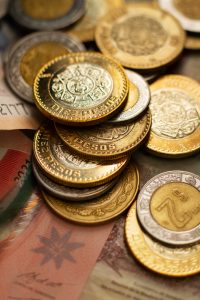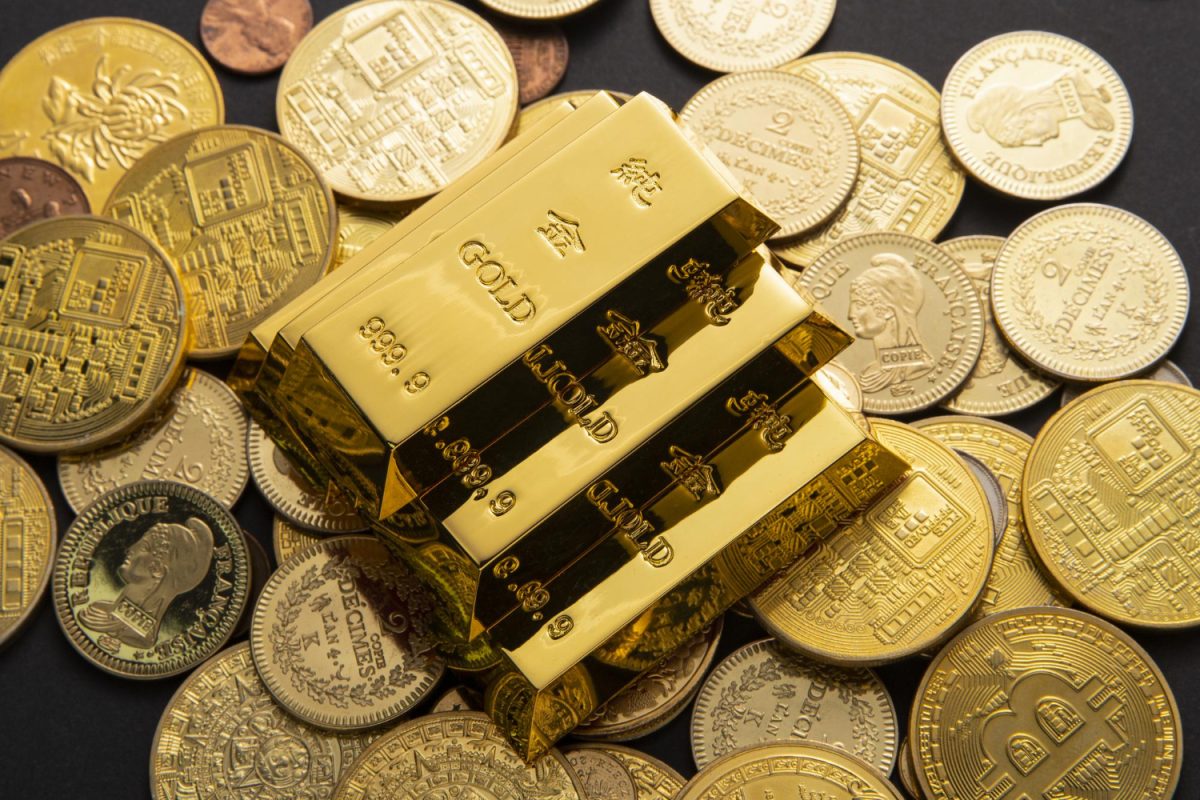 The average American’s IRA includes stocks, bonds, and mutual funds and is administered by large financial institutions. These traditional vehicles for wealth protection in an IRA do not provide any assurance. Case and point–the importance of diversifying in entirely different asset classes was amplified in the 2000 and 2008 financial crises. In 2008, the stock market dropped nearly 40%, real estate values plummeted, unemployment surpassed 10%, and the dollar weakened. It became evident that although stocks, bonds, and real estate are different asset classes, all three are highly correlated in a crisis. This perfect storm evaporated retirement savings and nearly wiped out the safety net of many hard-working Americans.
The average American’s IRA includes stocks, bonds, and mutual funds and is administered by large financial institutions. These traditional vehicles for wealth protection in an IRA do not provide any assurance. Case and point–the importance of diversifying in entirely different asset classes was amplified in the 2000 and 2008 financial crises. In 2008, the stock market dropped nearly 40%, real estate values plummeted, unemployment surpassed 10%, and the dollar weakened. It became evident that although stocks, bonds, and real estate are different asset classes, all three are highly correlated in a crisis. This perfect storm evaporated retirement savings and nearly wiped out the safety net of many hard-working Americans.
Mainstream media, employers, and large financial services companies actively promote investment in the stock market and real estate as a means of accumulating wealth. However, these institutions neglect to emphasize the value of investing in precious metals for wealth preservation. Since 2000, investing in Gold IRAs has demonstrated a strong track record, primarily due to Gold’s ability to maintain stability during volatile market conditions.
Everyone has some insurance to protect what matters most. Like home, auto, and life insurance, a Gold IRA is your retirement savings insurance. True portfolio diversification includes precious metals to immunize your savings from steep stock market crashes, currency devaluation, inflation, and deflation. An IRA holding physical precious metals is an important option for ensuring full diversification.
Understanding The Benefits Of Investing In Gold
Investing in gold has the added benefit of acting as a hedge against uncertainty and volatility in the economy. In periods of economic unrest, like recessions or geopolitical unrest, investors might seek refuge in the security and steadiness of gold.
This can offer stability during erratic periods and shield your portfolio from any losses.
ETF Vs. Physical Gold
In addition to physical ownership, precious metals can be acquired via paper assets known as Gold ETFs.
ETFs (Exchange Traded Funds) are paper stocks backed by an underlying asset, in this case, Gold, with the most-traded Gold ETF being the ticker symbol “GLD.” While Gold may back a Gold ETF, it’s not the same as owning physical Gold. Because investing in ETFs is like buying stock in Gold, the value of these assets fluctuates with the market value of Gold, but you can never exchange the ETF for actual Gold (or any other precious metal).

ETFs are ideal for frequent traders as they offer the convenience of investing in various assets without the need for physical ownership or associated storage costs. ETFs do, however, come with recurring annual fees that deduct a percentage of the investment’s value to cover management and administrative expenses. The leading ETF, SPDR Gold Shares (GLD), charges an annual fee of 0.40% and a transaction fee for each share traded.
In addition to a lack of physical ownership, the second primary limitation of a Gold ETF lies in its impracticality as a long-term investment option due to the commonly associated practice of intraday trading, where buying and selling occur within the same day to profit from short-term price fluctuations. Thus, Gold ETFs restrict the potential benefits of Gold as a long-term store of value and hedge against economic uncertainties.
For investors seeking enhanced control and a clear understanding of common law property rights, the choice is clear: owning physical precious metals stored under their name in a vault or secured depository rather than navigating the intricacies of a complex network of securities with limited redemption rights. This fundamental distinction sets apart owning precious metals from ETFs.
It is important to note that there have been numerous instances where sponsors of Gold ETFs abruptly suspended redemptions or imposed restrictions on shareholders, preventing them from accessing or purchasing more of the underlying security. The actions of the iShares Gold Trust (IAU) in March 2016 illustrate this phenomenon.

